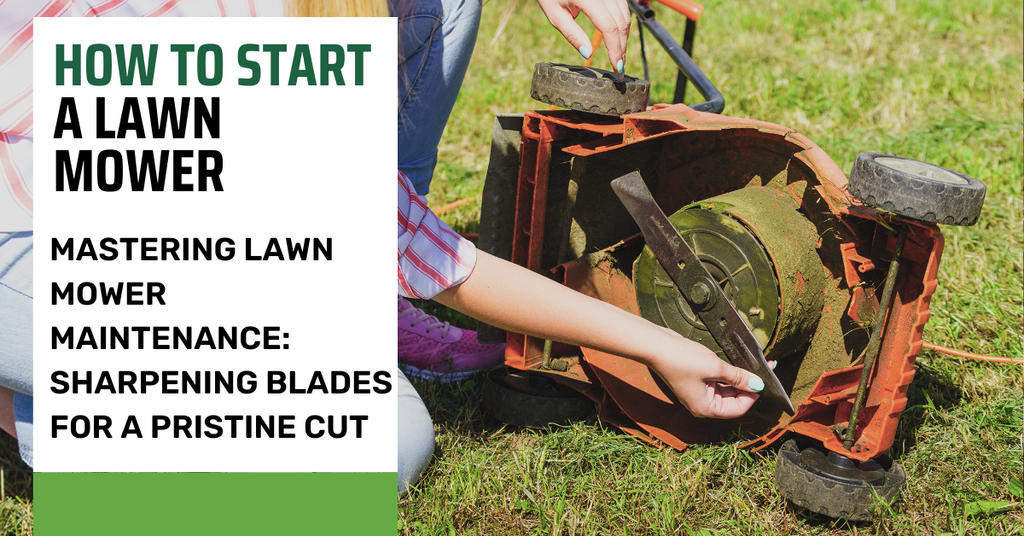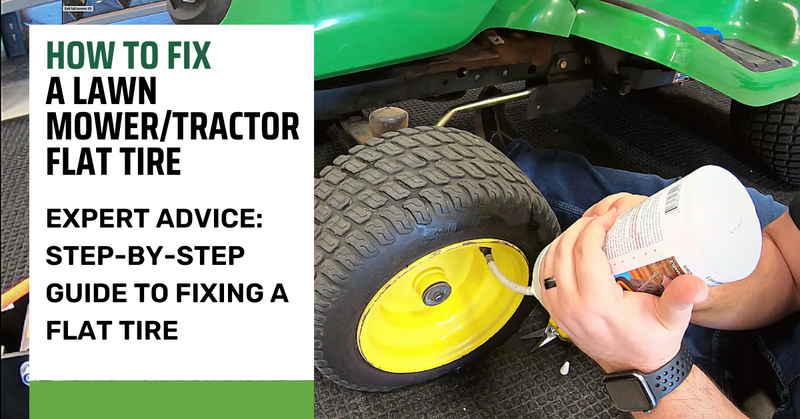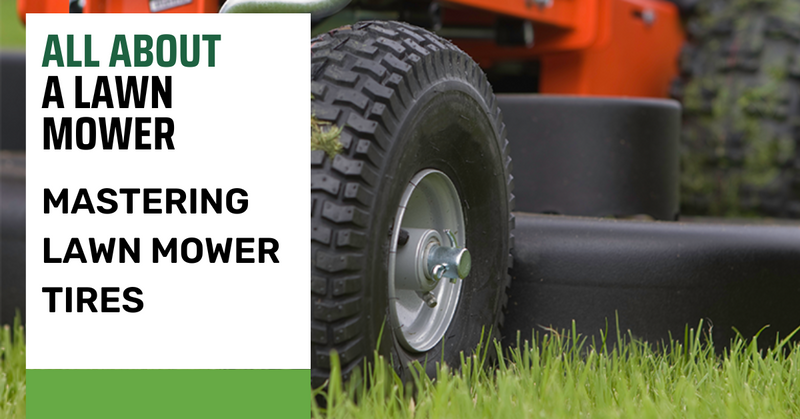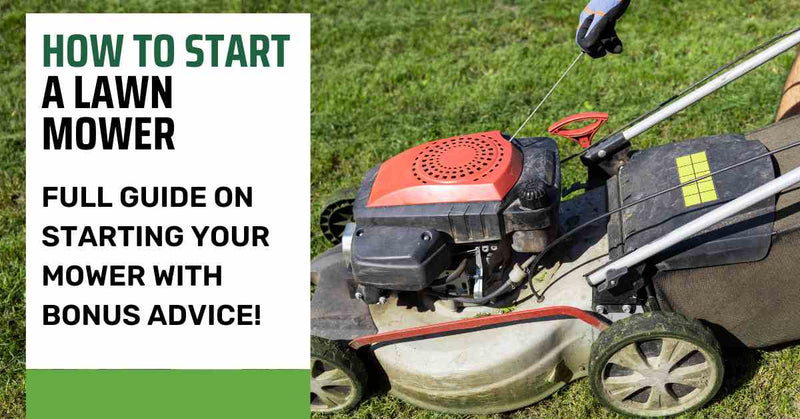

how to sharpen lawn mower blades?
Does your lawn look ragged and uneven after mowing? The culprit may be dull lawnmower blades. Sharp blades are essential for a healthy, manicured lawn. Luckily, sharpening mower blades is a relatively simple DIY task. This guide will walk you through the process, ensuring your blades are ready to deliver a beautiful cut.
Why Sharpen Lawn Mower Blades
-
Healthier Lawn: Sharp blades create clean cuts, promoting faster grass healing and preventing disease.
-
Neater Appearance: Dull blades tear grass, leaving a brown, frayed look. Sharp blades give a precise, even cut.
-
Mower Efficiency: A mower with sharp blades works less hard, improving fuel efficiency and potentially extending the mower's lifespan.
How Sharp Should Your Mower Blade Be?
Your lawn mower blade should be sharp enough to cut grass cleanly but not so sharp that it's easily damaged. Think of the sharpness of a butter knife – you can touch it without getting cut, but it still has a defined edge.Here's why you should avoid razor-sharp mower blades:
- Fragile: Ultra-sharp edges are thin and delicate, making them prone to chipping and damage from even minor debris in your lawn.
- Dull Quickly: This thin edge will dull faster, requiring more frequent sharpening.
- Shorter Blade Life: Increased sharpening shortens the overall lifespan of your mower blades.
When to Sharpen?
Sharpen your blades at least once per season. If you mow frequently or encounter tough debris, you may need to sharpen more often.
Things You Will Need to Sharpen Your Lawn Mower Blades
-
Safety Gear: Work gloves, safety glasses, Hearing protectors
-
Vise or C-clamp: To secure the blade
-
Metal File (or Angle Grinder): For sharpening
-
Blade Balancer: To check balance after sharpening
-
Optional: Drill-powered blade sharpening attachment
Step-by-Step Guide
-
Disconnect Spark Plug: Safety first! Disconnect the spark plug to prevent accidental starting.
-
Remove the Blade: Refer to your mower's manual for instructions. Mark the underside of the blade for proper reinstallation.
-
Secure the Blade: Clamp the blade firmly in a vise.
-
Sharpen at the Correct Angle: Maintain the existing angle of the blade's edge (usually around 40-45 degrees). File in one direction, using smooth strokes.
-
Sharpen Evenly: Apply equal pressure and strokes to both sides of the blade.
-
Check for Balance: Use a blade balancer or hang the blade from its center hole. If it's uneven, remove more material from the heavier side.
-
Reinstall the Blade: Ensure the blade is installed with the correct side facing down.
Additional Tips
- Severe Damage:If your blades are badly damaged, professional sharpening or replacement may be necessary. Check out petes golf carts for new .
-
Blade Types: Some mower blades have specific sharpening requirements; always refer to your owner's manual.
how to remove lawn mower blade?
Whether you're sharpening your blades or replacing them entirely, knowing how to remove a lawn mower blade is a crucial skill. This guide will walk you through the process, emphasizing safety and best practices.
Step-by-Step Instructions
- Safety First:
- Disconnect the spark plug to prevent accidental mower starts.
- Drain any remaining fuel from the tank.
- Tilt the Mower:
- Securely prop up the mower, providing access to the underside and blade. Refer to your owner's manual for the recommended tilting position.
- Block the Blade:
- Wedge a piece of wood or a similar sturdy object between the blade and the mower deck to prevent the blade from turning.
- Remove the Bolt:
- Use a suitable wrench or socket to loosen and remove the central bolt holding the blade. Pay attention to the blade's orientation for correct reinstallation.
-
Clean & Inspect:
- Remove any built-up grass clippings or debris.
- Inspect the blade for damage. Consider replacing it if you find severe cracks, warping, or excessive wear.
Important Note: Always consult your lawnmower's owner's manual for model-specific instructions and safety guidelines.
how to balance a lawn mower blade?
Maintaining your lawn mower is crucial for keeping your lawn healthy and pristine. One often overlooked aspect of mower maintenance is balancing the mower blade. A balanced blade ensures optimal performance and safety while mowing. In this guide, we'll walk you through the process of balancing your lawn mower blade step by step.
Why Balancing is Important:
Balancing your lawn mower blade is essential for several reasons. Firstly, an imbalanced blade can cause excessive vibration, leading to uneven cutting and potential damage to your mower's engine and other components. Additionally, a balanced blade ensures a smoother and more efficient mowing experience, prolonging the life of both the blade and the mower.
Tools and Materials Needed:
Before we get started, gather the following tools and materials:- Socket wrench
- Blade balancer
- Safety gloves
- File (if necessary)
- Cleaning brush
watch the video on youtube
Step-by-Step Guide:
Safety Precautions:
Safety should always come first. Begin by disconnecting the spark plug to prevent accidental starts. Wear safety gloves to protect your hands during the blade removal process.
Removing the Blade:
Use a socket wrench to loosen and remove the bolt holding the blade in place. Carefully lift the blade out of the mower deck, taking note of its orientation for reinstallation later.
Cleaning the Blade:
Before balancing the blade, it's essential to clean off any grass clippings, dirt, or debris. Use a cleaning brush to thoroughly scrub the blade surface.
Inspecting for Damage:
Take a close look at the blade for signs of damage, such as cracks, bends, or excessive wear. If the blade is damaged, it may need to be replaced rather than balanced.
Using a Blade Balancer:
Place the blade onto the blade balancer, ensuring it sits level. The balancer will indicate whether the blade is balanced or if adjustments are needed.
Balancing the Blade:
If the blade is unbalanced, you'll need to add weight to the lighter side or remove material from the heavier side. Use a file to carefully remove small amounts of metal until the blade sits level on the balancer.
Reattaching the Blade:
Once the blade is balanced, carefully reattach it to the mower deck in the same orientation as before. Tighten the bolt securely with a socket wrench.
Testing:
Before mowing, it's essential to test the mower to ensure everything is operating smoothly. Reconnect the spark plug and start the mower. If you notice any unusual vibrations or noises, stop immediately and recheck the blade balance.

Conclusion
Sharpening your lawn mower blades is a simple way to ensure a beautiful lawn and maximize your mower's performance. Take a few minutes for this easy maintenance task, and your lawn will thank you!










